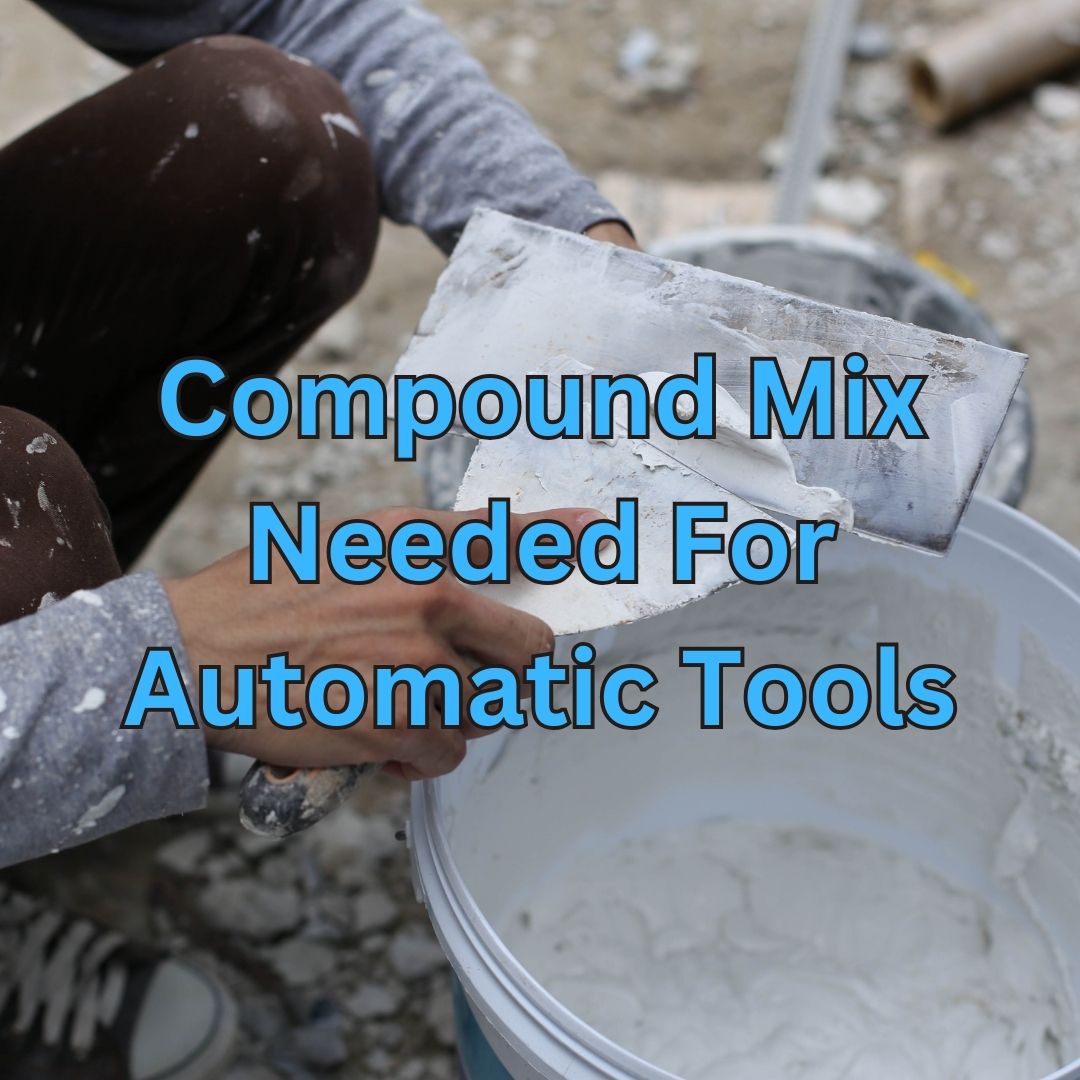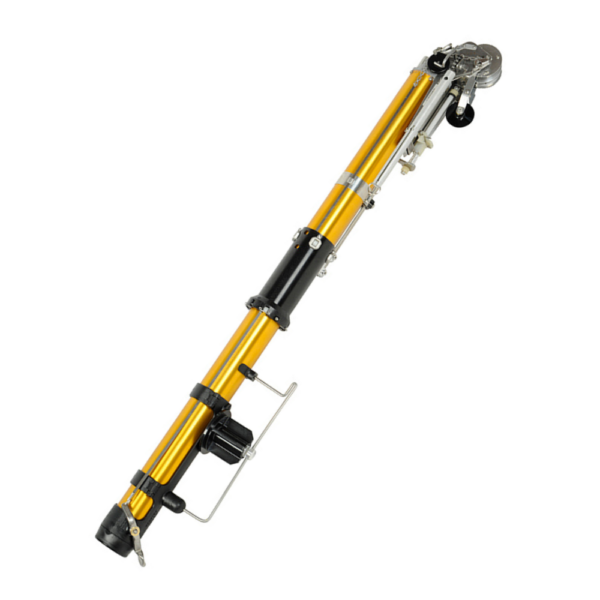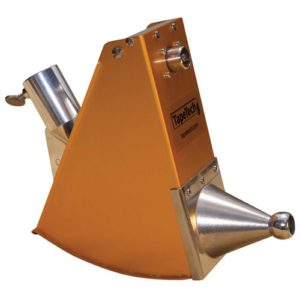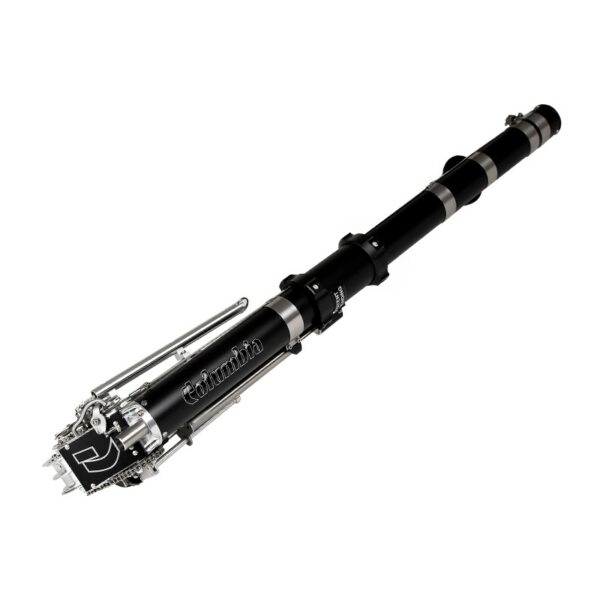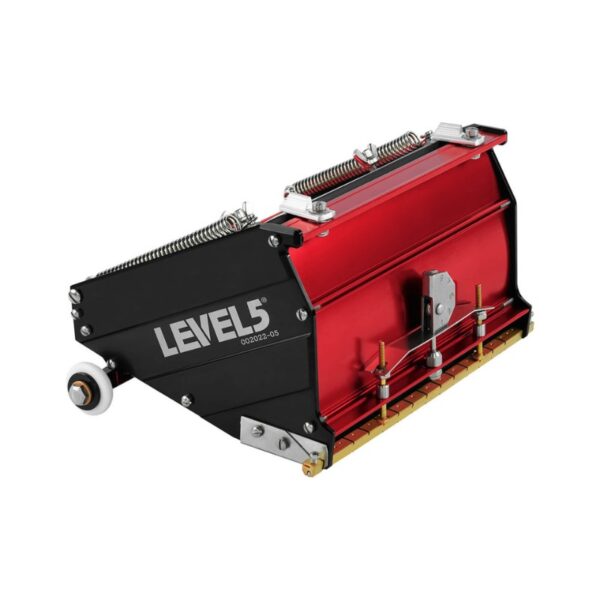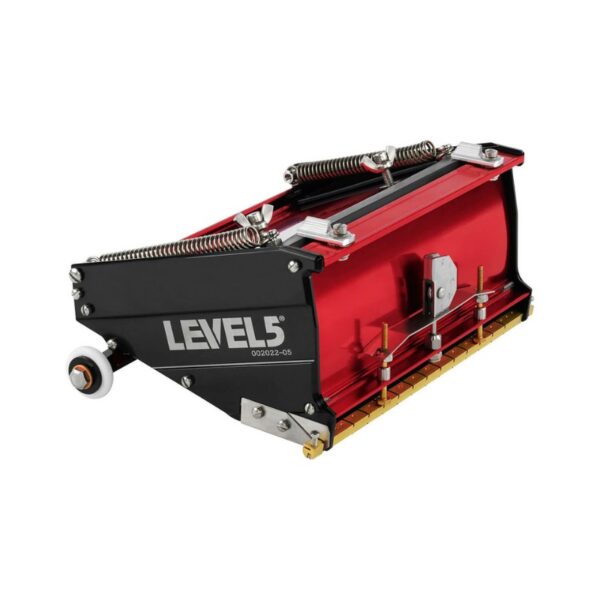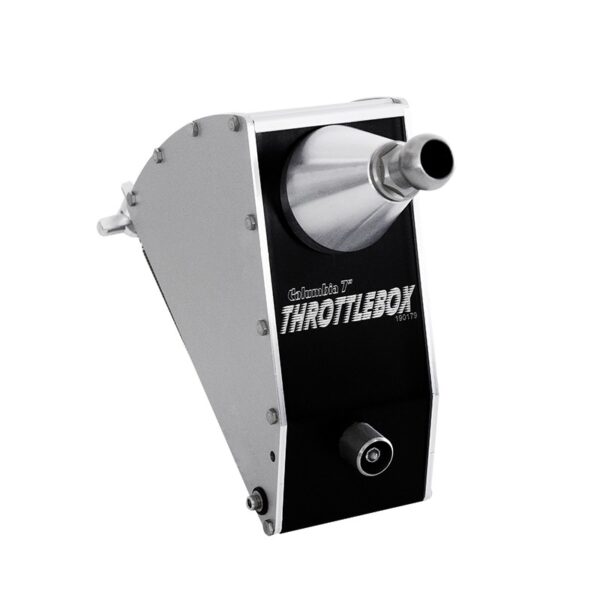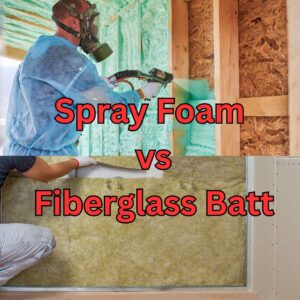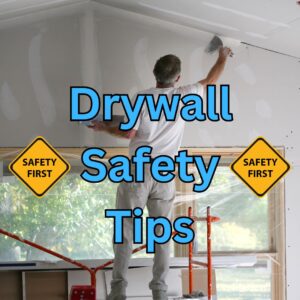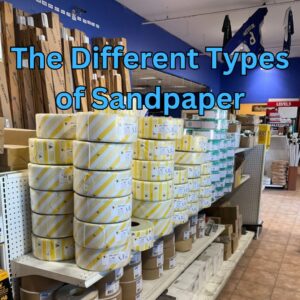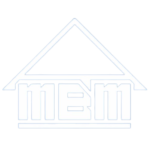We frequently have contractors new to automatic drywall taping tools ask us how much water they need to add to their joint compound for specific applications with automatic taping tools. This article is planned to give a few essential rules for the various methods of taping with a focus on using automatic taping tools such as flat boxes, corner boxes, MudShots and more. We would like to remind you that the instructions on this page shouldn’t supplant manufacturer instructions.
Practically every joint compound is unique. The main thing to remember while adding water to your joint compound is that even a similar compound from the same brand can differ. Thus giving exact measurements is difficult. It is best to start with a full box of mud and add water from there. Start by using 8 ounces of water and work from there. If the mud doesn’t feel or look right to you, you can then start adding more water or compound by the ounce.
Blending mud for taping flats and butt joints with an automatic taper
While mixing mud for taping flats and butt joints with the automatic taper, you ought to consider whether you are pre-filling the joint first with a set-type compound, or not. We strongly suggest pre-filling holes that are 1/8″ or wider. It will likewise permit your tape to lay somewhat flat. If you do decide you are not pre-filling, you will maintain that your mud for taping flats and butts should be somewhat on the thicker side. You will likewise need to add more compound with the tape as this will help eliminate cracking with the tape. Taping over holes with “runny” mud, or wiping your tape too close can cause the mud to shrivel and crack.
Depending on the thickness of the compound from the start, add roughly 16-32 ounces of water for a full box of drywall compound. Add one ounce of water at a time to see how your mud responds to adding water. On the off chance that you are pre-filling your joints with a set kind of compound, you can run your compound somewhat more thin.
Blending mud for automatic tapers taping corners
While taping corners with an automatic taper, you will need to address huge holes here and there, as you will need your corner taping mud to be significantly looser than your flat joint mud. Pre-filling the holes with a set-type compound is a secure technique for addressing larger holes. Set-type drywall compound also dries fairly quickly allowing you to start working on corners faster. We have likewise seen folks introduce mesh tape in the corner to support the corner before adding corner tape. Another well-known strategy is to tape and move the gapped areas before Taping the whole corner. This gives a second layer of tape under your corner tape where the hole is.
Blending your mud thin for taping corners will allow the tape to roll more tightly, permitting more compound to wind up on top of the tape when you are skimming it. This will make for a better run with your corner box on the next step. Looser corner-taping mud will likewise permit the automatic taper to tighten and run smoother in the corners with less drag. For mixing corner-taping mud, start with 32 ounces of water and test it to see where you are at. You might need to add another 32-ounce cup of water. From there make adjustments as needed until you are satisfied with a thinner drywall mud consistency.
Blending mud for the flat boxes
Like blending taping mud, how much water to add relies upon what brand of mud you are using, and what consistency flows out of the drywall flat box. Likewise, with the flat boxes, the heaviness of the mud you are using must be considered before you ask yourself “How much water should I add?”. Heavier mixtures will tend to run out of the flat box quicker due to gravity. We suggest using a lightweight joint compound for running flat boxes. Assuming you are accustomed to taping manually, you will need your flat box mud-rich and functional like what you would maintain that it should be bed covering flat joints. You will want to apply pressure sufficiently to push the mud out of the flat box effortlessly, yet solid enough that mud isn’t pouring down the walls. You should begin with 16 ounces of water, test the consistency, and make adjustments as needed.
Blending mud for the corner box
Mud consistency for the drywall corner box again relies upon what sort of mud you are utilizing. The power source of the corner box is a lot more modest than the source for the flat box, so you don’t have to stress such a great amount over mud dropping out of the corner box, as you do with the flat box. At the point when you run the corner box, you are much of the time working it with your arms over your head, so using less compound will make the box run more straight. You can go thin with the corner box mud, however, you would rather not have it so thin that the mud droops. Begin with 32 ounces of water additions and test it from that point.
Blending mud for the MudShot and other compound tubes
Mud consistency for the MudShot again relies upon what sort of mud you are utilizing. The MudShot uses a gas cylinder meaning that it takes a lot of the pressure off of your joints. You can have the compound marginally thicker than usual for corner boxes. A consistency some in the middle between corner box mud and flat box mud is a decent spot to begin. Mud consistency with the MudShot will decide how quickly the cylinder pushes out the joint compound. Using a thin mud will make the device run quicker. Mud that is thicker will make the MudShot run slowly.
-
Sale!
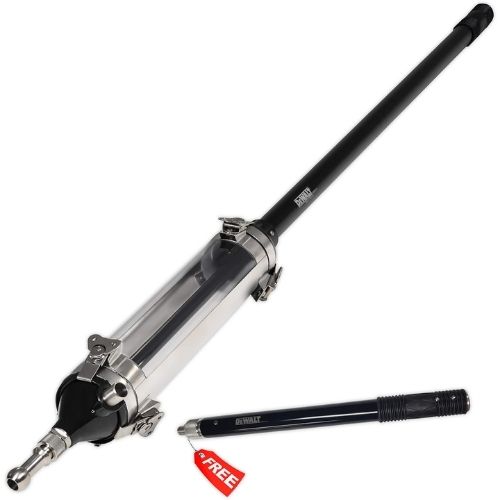 Out of stock
Out of stock
Dewalt MudShot with Handle Extension
Rated 5.00 out of 5Automatic Taping ToolsCAD $1,151.99Original price was: CAD $1,151.99.CAD $1,036.79Current price is: CAD $1,036.79.

